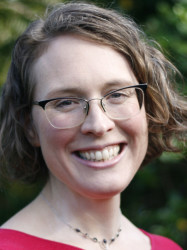BibTex format
@article{Verbruggen:2018:10.1098/rsif.2017.0593,
author = {Verbruggen, S and Kainz, B and Shelmerdine, S and Hajnal, J and Rutherford, M and Arthurs, O and Phillips, A and Nowlan, NC},
doi = {10.1098/rsif.2017.0593},
journal = {Journal of the Royal Society Interface},
pages = {1--11},
title = {Stresses and strains on the human fetal skeleton during development},
url = {http://dx.doi.org/10.1098/rsif.2017.0593},
volume = {15},
year = {2018}
}

